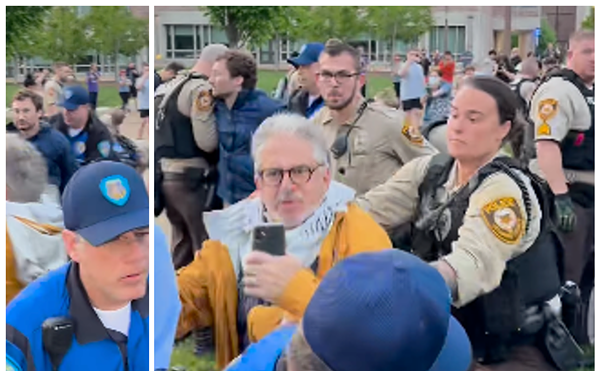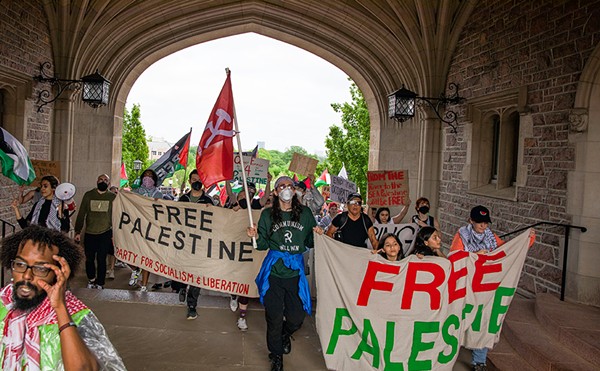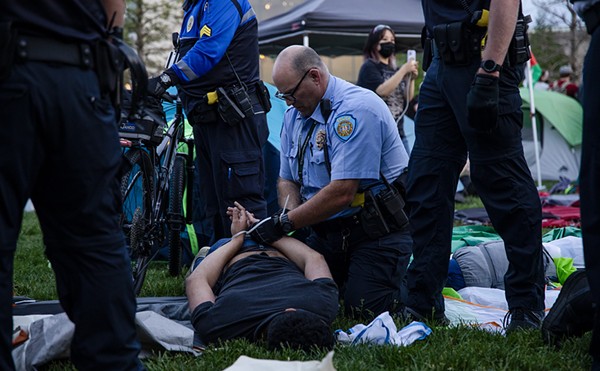1. The Giants opened the state-of-the-art, $319 million Pacific Bell Park two years ago as the first privately financed baseball stadium in 38 years.
2. By virtually every yardstick, the Cardinals are actually in a better position to fund their own stadium -- using the Giants' formula -- than the Giants were themselves.
3. The Giants' success -- on and off the field -- has been stunning, especially to those in Major League Baseball who predicted that the alien notion of making one's own interest payments would cause San Francisco's sky to fall.
If you're the Cardinals, this is not a pretty picture. When you're seeking hundreds of millions in public subsidy for a stadium, it isn't especially helpful to have it noted that one of your major-league partners just completed the same task, with almost no public assistance.
It is noted. And, billionaire-ownership-group shrieks of horror notwithstanding, the situation cries out for comparison.
To begin, understand that the Giants didn't finance their stadium themselves: The team and its customers -- corporate and individual -- financed it with the help (corporate-welfare mothers, hide your eyes) of conventional bank lending. The Cardinals and their customers could do the same.
The Giants raised $72 million from the sales of personal seat licenses -- much as the Rams did here -- and $75 million in upfront corporate naming rights and other advertising and sponsorship sales, according to team figures reported Oct. 1, 2000, by the San Francisco Examiner. The balance came largely from a $170 million loan from Chase Manhattan Bank, which was secured with the help of a guest appearance by Giants legend Willie Mays, who signed autographs for bank investors, the paper reported.
What about the Cardinals' ability to do the same?
In 1999, the last year they played at Candlestick Park, the Giants had just 9,000 season-ticket holders and drew just 2,078,399 in total attendance. That was their starting point, their fan base, from which to sell PSLs. They sold about 16,000.
The Cardinals, were they to start the same program tomorrow, would be drawing on a base of 19,000 season-ticket holders and a total attendance of 3,109,578. Judging from the starting numbers, it certainly appears that baseball-crazy St. Louis could eclipse 16,000 PSLs and $72 million by healthy margins.
Here is the assessment of St. Louis that appears on the Regional Chamber and Growth Association's Web site:
"Home to 15 Fortune 1000 companies such as Anheuser-Busch Companies Inc., Emerson, May Department Stores and Graybar Electric, Greater St. Louis ranks sixth in the United States as a headquarters location for Fortune 500 companies.... "
Doesn't sound like a Silicon Valley recession to me. That $75 million in naming rights, advertising and sponsorship advances should be a snap.
That leaves us with the dreaded bank loan. Let's see. The Cardinals' Cincinnati-based ownership group is worth more than $4 billion, reports the St. Louis Business Journal. Collateral shouldn't be a huge obstacle.
Judging from publicly reported numbers, these owners are into the team for a net sum of roughly $50 million, after selling off parking garages and land acquired along with the team in 1995 from Anheuser-Busch. Financial World magazine and other franchise evaluators consistently put the team's market value at greater than $200 million, more than four times the owners' present investment.
St. Louis doesn't have Willie Mays. But it does have Stan Musial, Lou Brock and Ozzie Smith, all of whom freely sign autographs.
If you were a banker, would you make that loan?
Ah, but what about the debt service? How can any team shell out $20 million in annual debt-service payments compete with those that aren't burdened in this manner?
This just in: In the two years of Pacific Bell Park's existence, the San Francisco Giants have a combined record of 187-137, second-best in the National League and better than any of the half-dozen teams playing in new, publicly subsidized stadiums.
Who's No. 1? Why, our poverty-stricken Cardinals, playing in the ancient ruins of Busch Stadium, at 188-136. Strike another blow for capitalism.
One more item: The San Francisco Chronicle reported in December that the Giants -- debt service and all -- were one of only five major-league teams (of 30) to post a profit last year.
Giants executive vice president Larry Baer said the team made "slightly more than $1 million" last year, down from $5 million the year before. This is the same team cited by Major League Baseball as having lost $97 million between 1995 and 1999, more money than any other franchise in baseball.
Still, privately financed Pacific Bell Park is a stunning financial success story.
But don't expect to hear about it from Major League Baseball. Baer candidly told the Examiner in 2000, "For a while, we wore the scarlet letter. Other teams said, 'What's happening in San Francisco is going to hurt our chances of getting public financing.'"
Amen.





